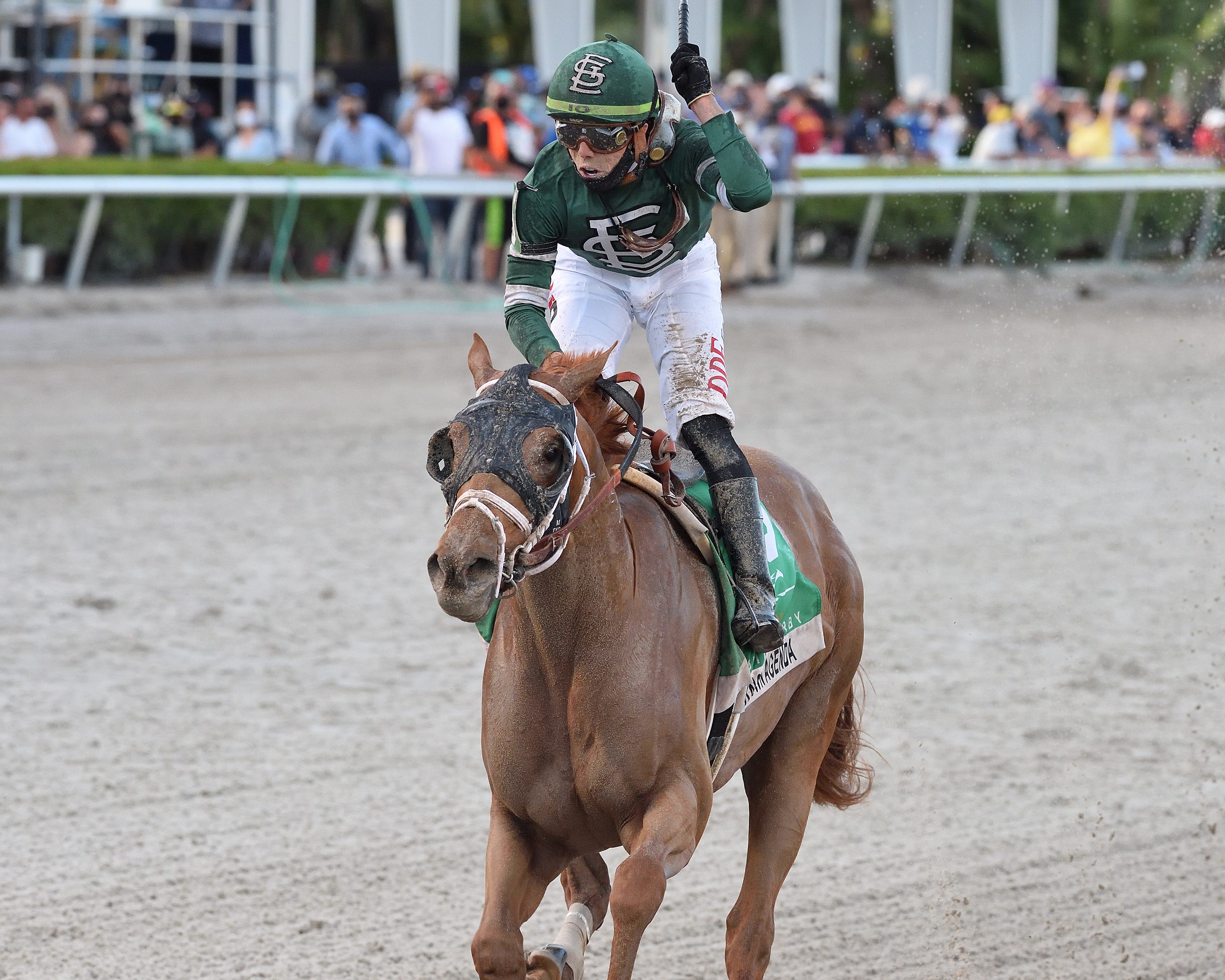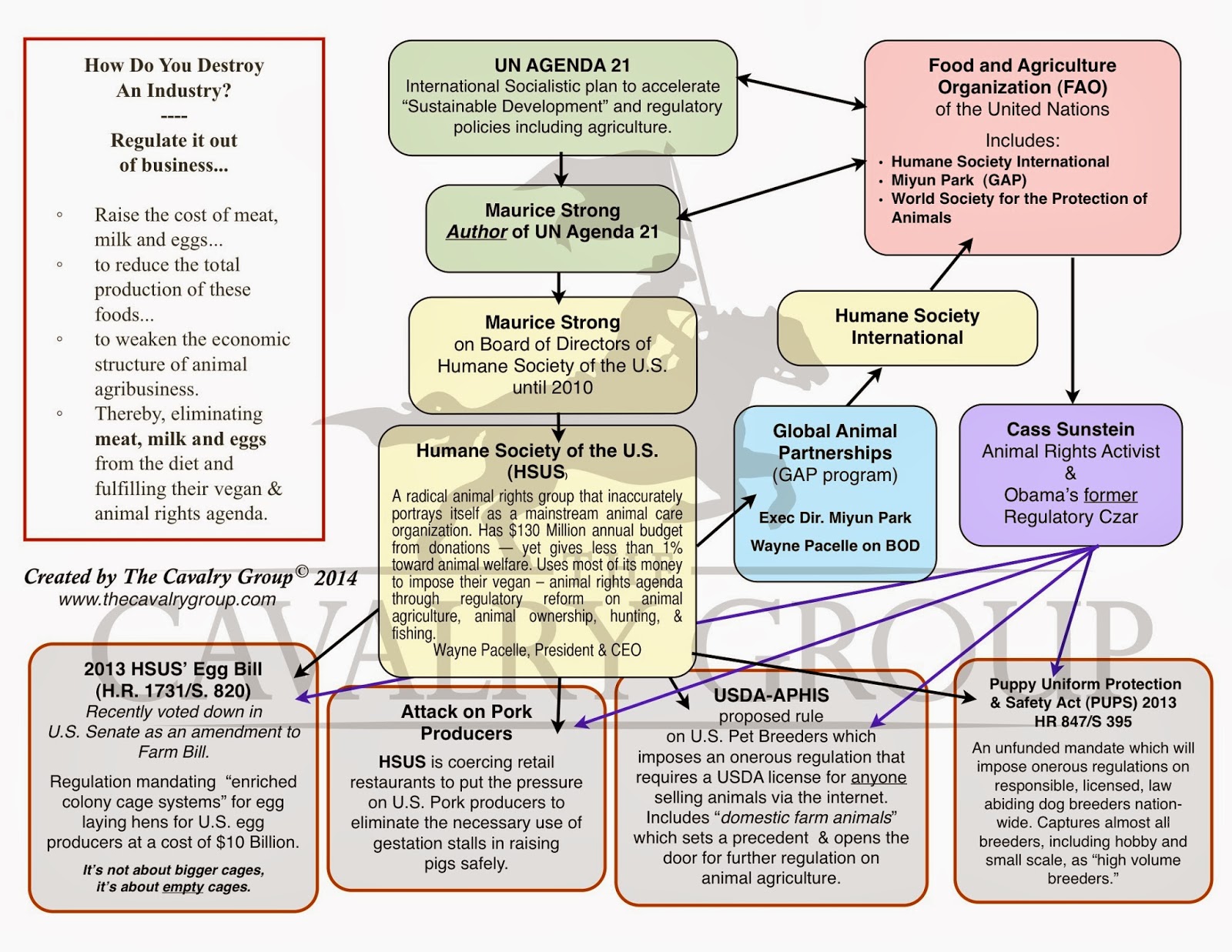


Since some tracks have a traditional timer in addition to Trakus, the times provided by Trakus can vary slightly from the times officially published in result charts.This means a horse finishing six lengths behind the winner of a race is deemed to have run one second slower. For tracks where Trakus is not installed, I have calculated all times using the estimation that six lengths is equal to one second.Unlike traditional timers, which only record the fraction posted by the leader at each point in a race, Trakus provides individual times for every horse in a race. Whenever possible, I have used data from Trakus to determine the listed times.So, let’s get started! Below is a chart listing the finishing times for the 2021 Kentucky Derby contenders, ranked in order of how fast they sprinted the final three-eighths of a mile of their final prep.īefore diving into the data, here are a few things to keep in mind: But when you have a statistic that applies to 18 of the last 23 Derby winners (with two others missing the :38-or-less cutoff by 0.16 or less), you don’t ask too many questions. Of course, finishing fractions can be affected by a variety of factors, including the speed of the racetrack and the early pace of the race - it’s easier to finish fast if you’ve gone very slow early on. Year after year, the :38-or-less rule has proved effective for identifying horses with a chance to prevail at Churchill Downs indeed, eight of the last nine Kentucky Derby winners (and 18 of the last 23) finished the final three-eighths of a mile in their final prep race in less than :38 seconds.ģ6.14 (projected time based on finish at shorter distance)ġ2.14 (projected time based on finish at shorter distance) However, the final three-eighths fraction alone has been a terrific indicator of a win-worthy Derby contender. Rees noted a strong finish entails sprinting the final three-eighths of a mile in :38 seconds or less and the final eighth of a mile in :13 seconds or less. Longtime turf writer Jennie Rees - an inductee in the National Museum of Racing and Hall of Fame’s Joe Hirsch Media Roll of Honor - was the first to popularize this approach to handicapping the Derby, outlining the standard by which fast finishes are judged. Horses who finished strongly at the end of their final prep race are more likely to handle the Kentucky Derby distance than horses who tired at the end of their final prep. One factor many handicappers choose to emphasize is how fast each Derby contender ran the last three-eighths of a mile of their final prep race, which usually takes place at a distance of 1 1/8 miles.Īnalyzing these fractional times has become a popular tool for handicapping the Kentucky Derby, and for a good reason. Race replays, speed figures, and workouts all receive their share of attention, but less obvious data points come into play as well. Thanks to the large field size and unpredictable nature of the horses involved, the Kentucky Derby annually ranks among the best betting races of the year, so handicappers understandably spend an inordinate amount of time analyzing the contenders.


 0 kommentar(er)
0 kommentar(er)
